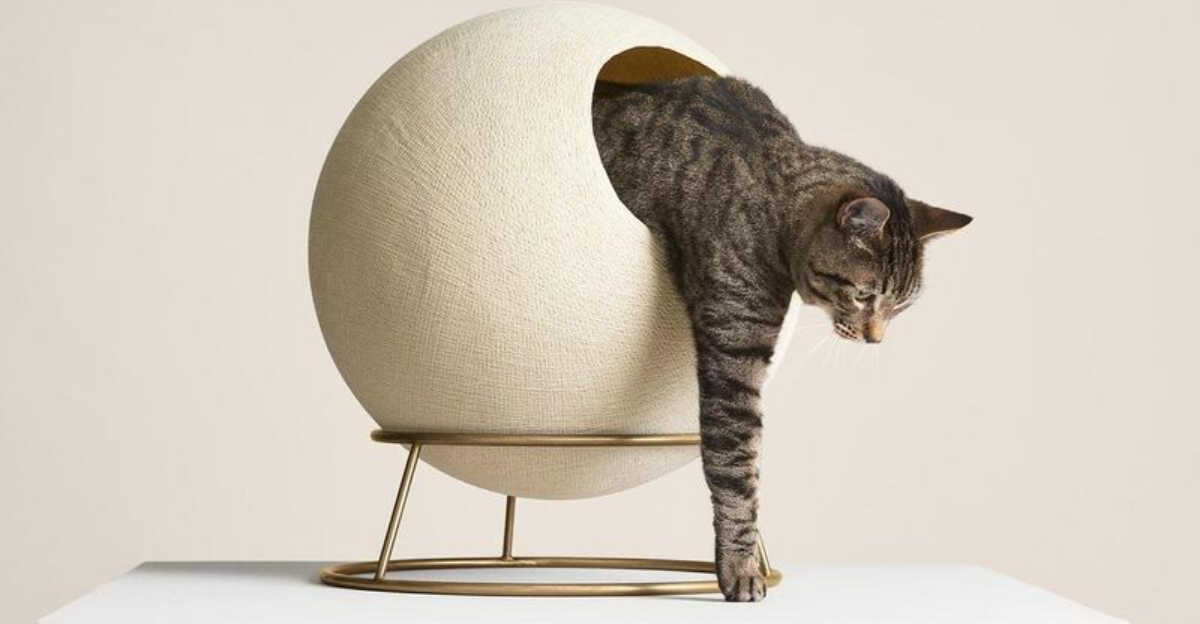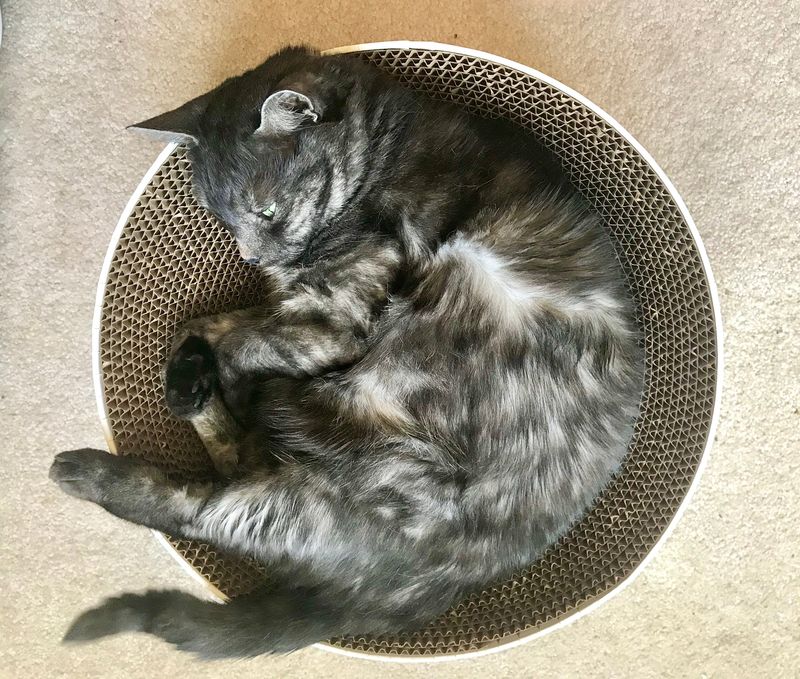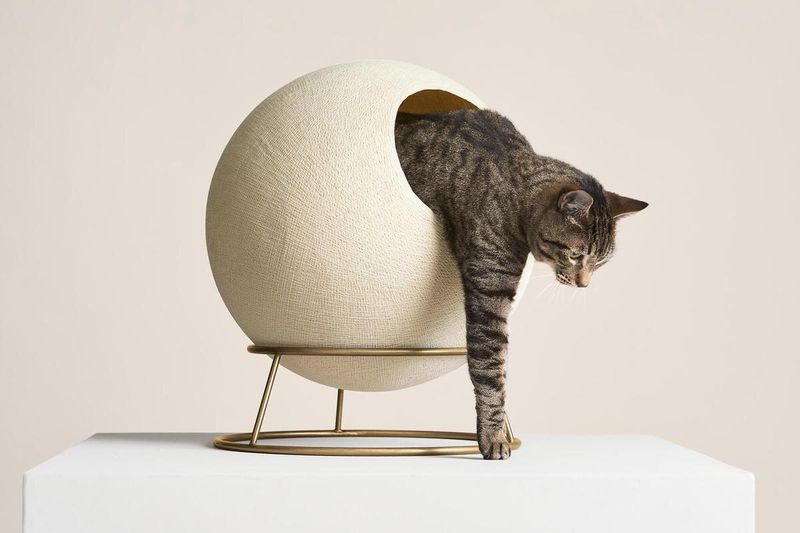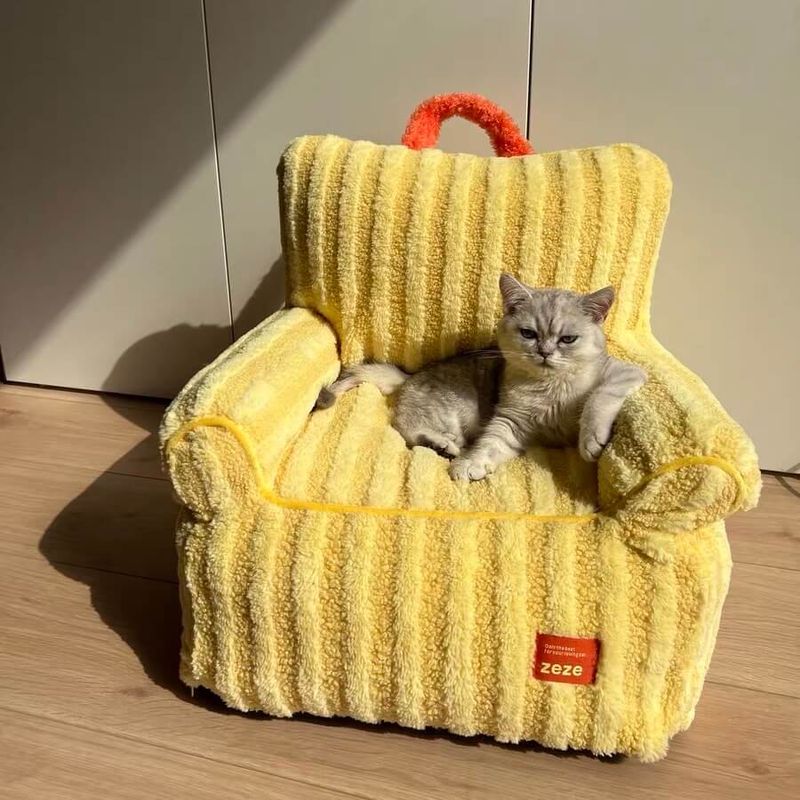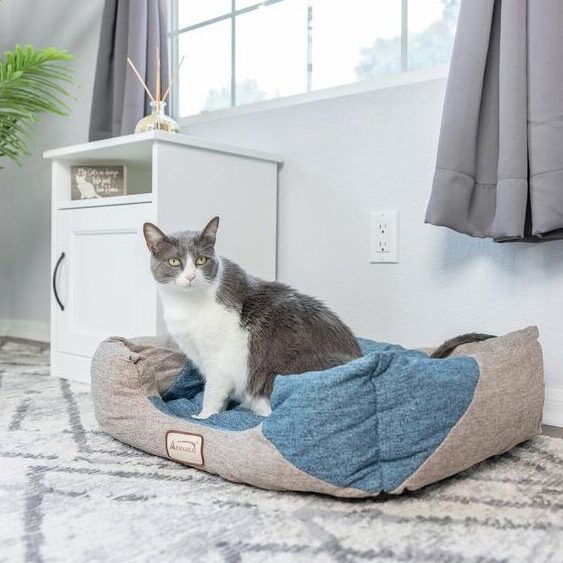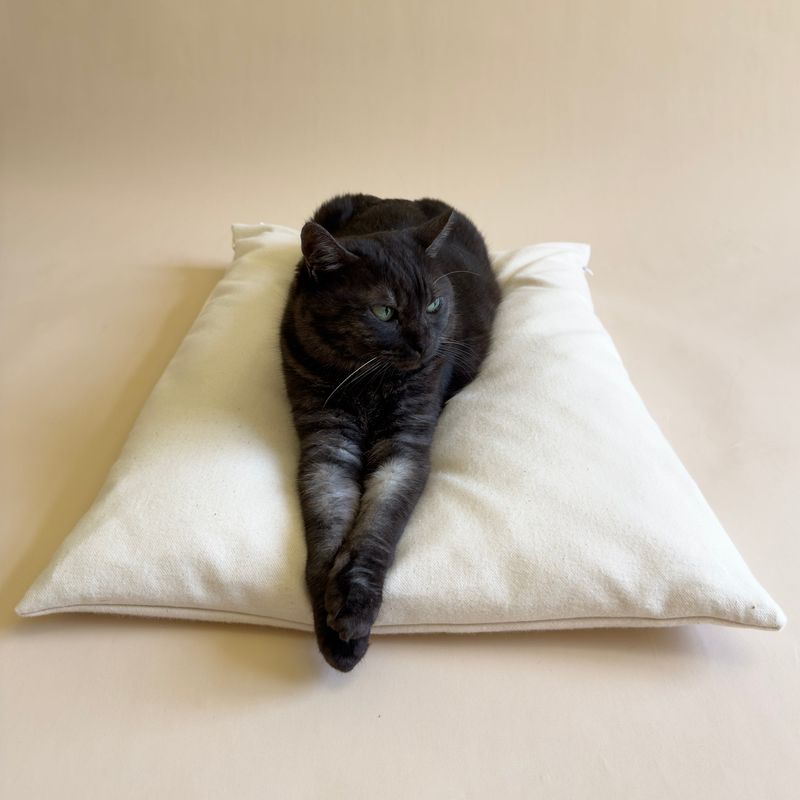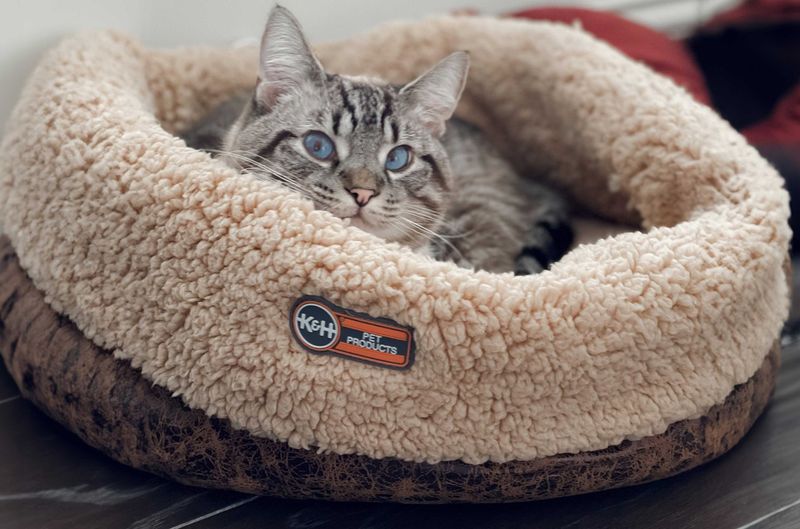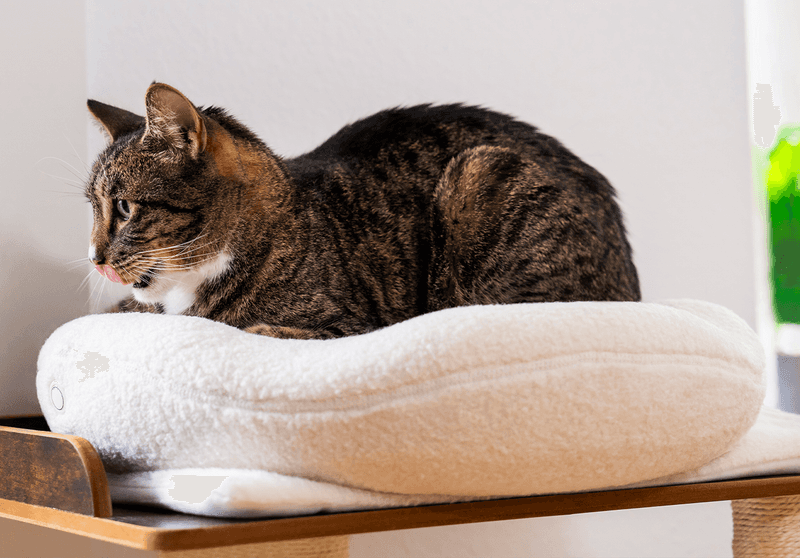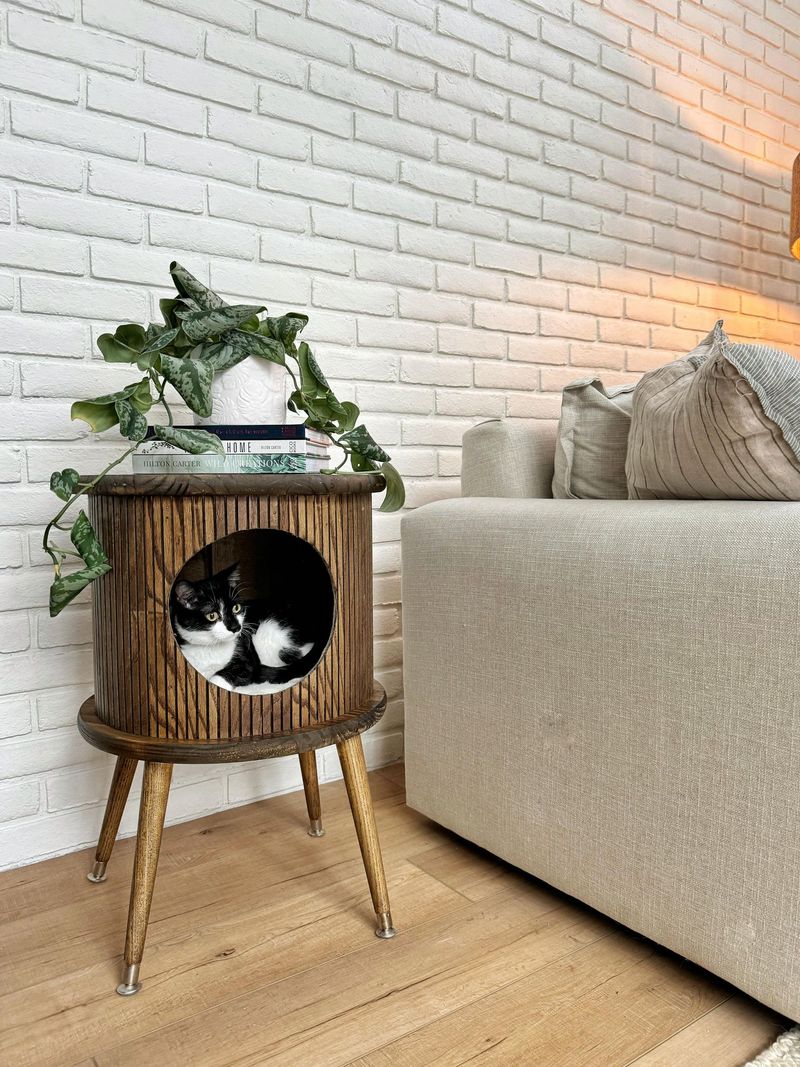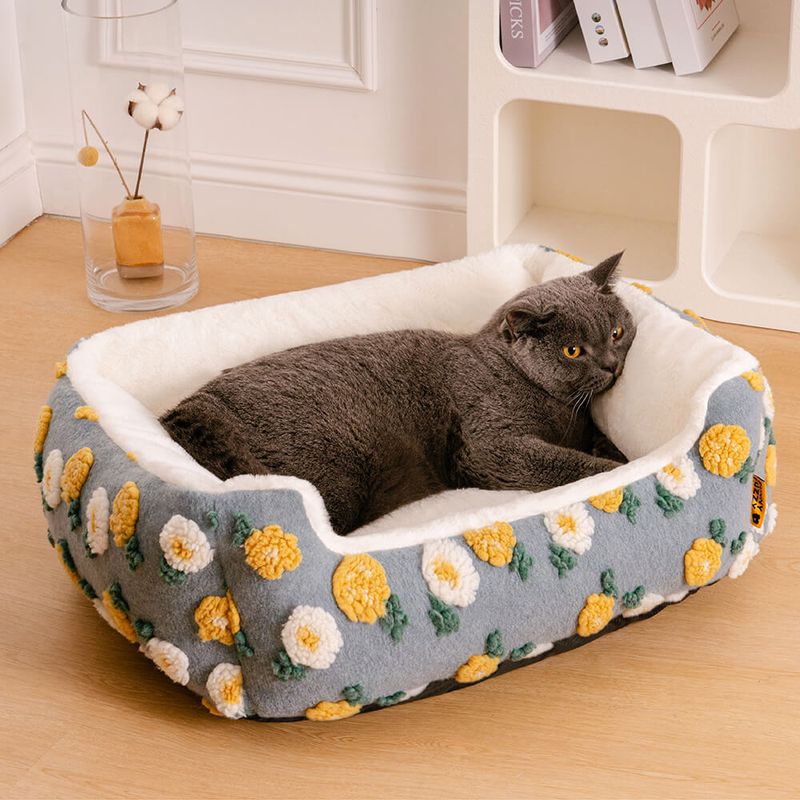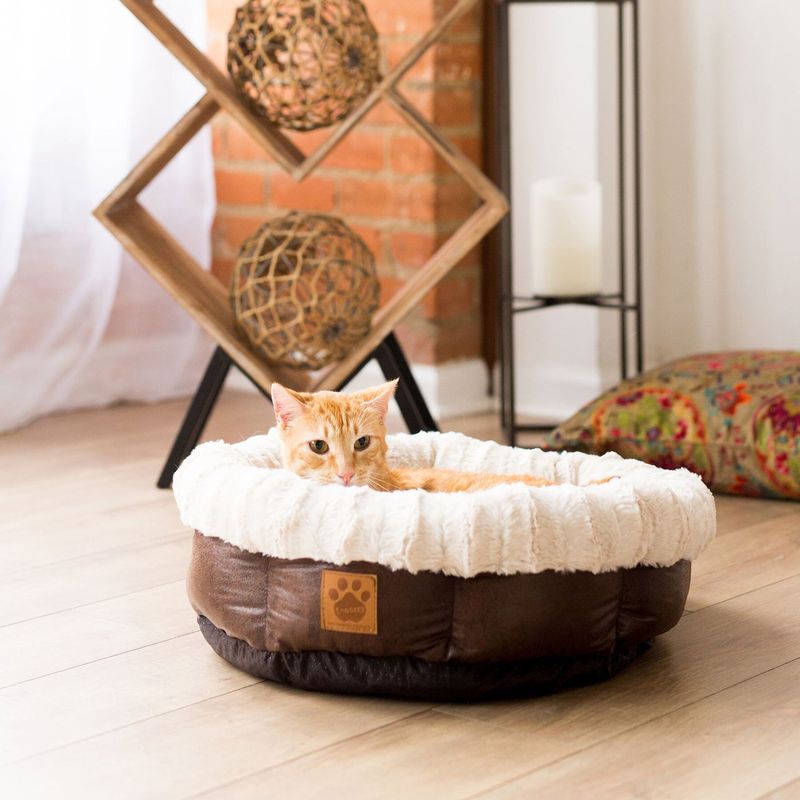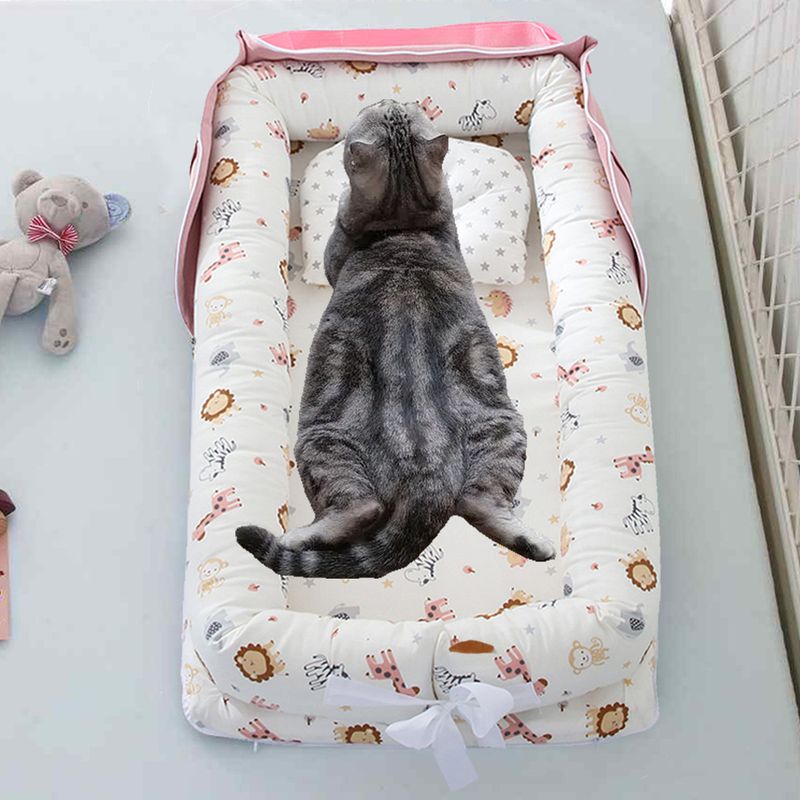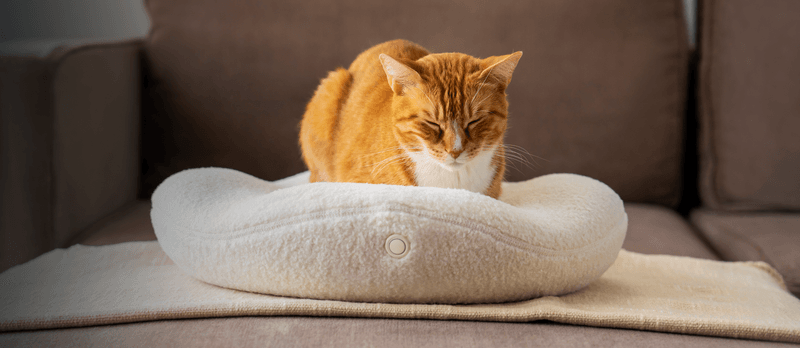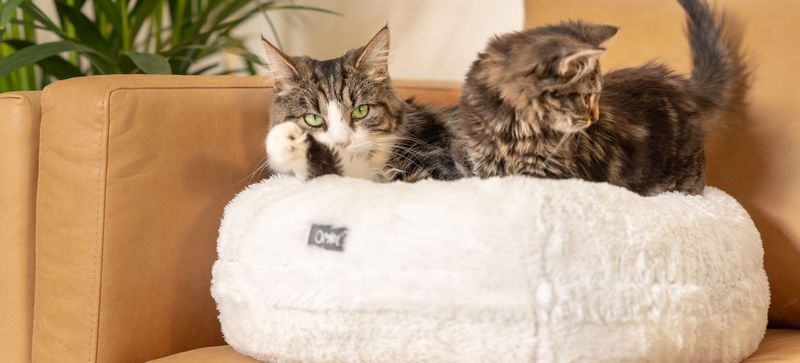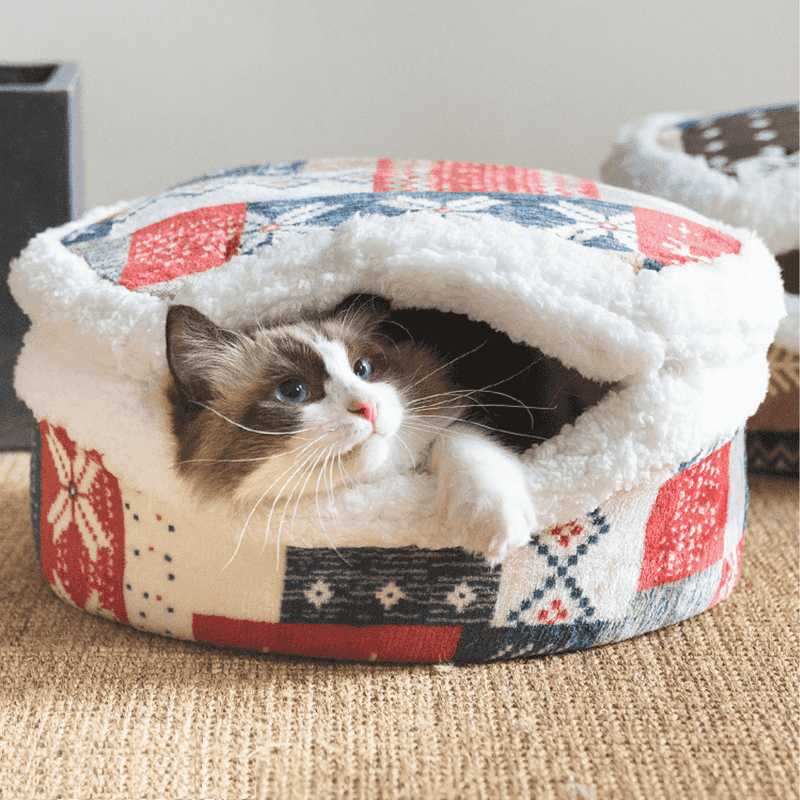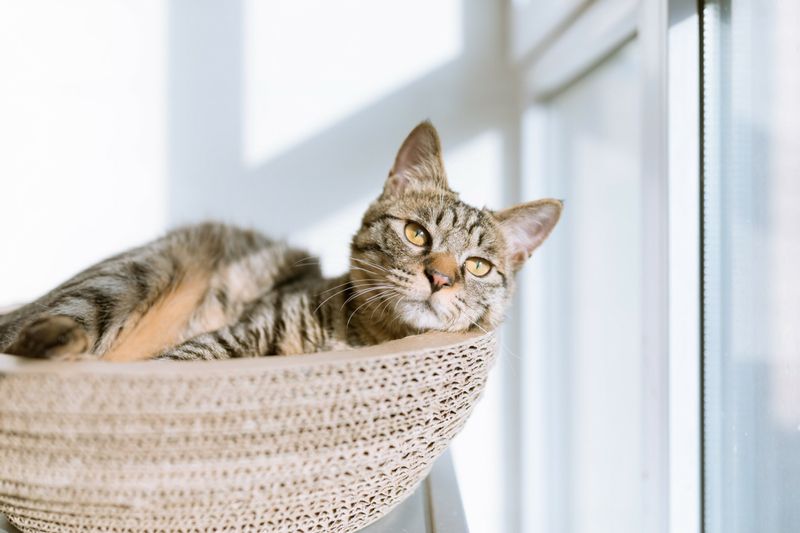📖 Table of Content:
- 1. Your Cat’s Sleeping Style
- 2. Size and Fit
- 3. Shape and Design
- 4. Preferred Materials
- 5. Ease of Cleaning
- 6. Support and Cushioning
- 7. Temperature Regulation
- 8. Age and Health of Your Cat
- 9. Location in the Home
- 10. Indoor vs. Outdoor Use
- 11. Aesthetics and Home Décor
- 12. Portability and Travel Needs
- 13. Non-Slip Bottoms or Anchors
- 14. Multi-Cat Household Considerations
- 15. Enclosed vs. Open Designs
- 16. Your Budget vs. Quality
Finding the perfect cat bed might seem simple—until you realize how picky felines can be about their sleeping spots. One minute they’re curled up in your laundry basket, and the next they’re napping in the sunniest spot on the floor. That’s because comfort, security, and familiarity all play a role in how cats choose where to snooze. So when it’s time to invest in a proper bed, you’ll want to make sure it checks every box for your furry little critic.
Choosing the right bed isn’t just about softness or style. Cats have unique preferences that can be influenced by age, health, personality, and even the season. Some crave the warmth of an enclosed cave, while others sprawl out like royalty on an open cushion. And let’s not forget the practical stuff—like easy cleaning, non-slip bottoms, and where the bed will actually go in your home. Getting it wrong could mean your expensive new cat bed becomes a fancy dust collector.
To help you avoid the trial-and-error trap, we’ve put together a list of 16 essentials you should never overlook when picking a cat bed. From materials and size to hidden features that make a big difference, these tips will guide you toward a bed your cat will actually use—and love. Ready to upgrade nap time?
1. Your Cat’s Sleeping Style
Every cat has a preferred way of sleeping, and this greatly influences the type of bed they’ll actually use. Some like to curl up into a ball, while others sprawl out like they own the place. Observing your cat’s natural sleep position is a great starting point. For example, a curled-up sleeper might love a round, plush donut bed. In contrast, a sprawler will appreciate a flatter, open design. Tailoring the bed to how your cat sleeps can mean the difference between instant love or complete rejection. Ultimately, comfort comes from familiarity and fit.
2. Size and Fit
It’s easy to assume “cat-sized” means one-size-fits-all, but that’s not the case. Your cat should be able to stretch out comfortably without hanging over the edge. A bed that’s too snug may feel restricting, while one that’s too large can lack the cozy security cats crave. Before purchasing, measure your cat from nose to tail when relaxed. Add a few inches to ensure there’s enough room to move. Especially for growing kittens or larger breeds, sizing up is often the smarter choice. Comfort starts with the right proportions.
3. Shape and Design
The shape of the bed plays a big role in how secure and supported your cat feels. Donut beds provide a snuggly, enclosed circle, ideal for curlers. Cave or hooded designs are perfect for shy or anxious cats that love to hide. Flat mats or loungers offer room to stretch and cool down. Raised edges or bolsters add neck support and a sense of safety. The design should cater to both your cat’s preferences and your space. A well-shaped bed becomes a go-to nap zone, not just a decorative piece.
4. Preferred Materials
Material matters more than you might think when it comes to feline comfort. Some cats love soft fleece or shag, while others prefer smoother textures like cotton or microfiber. The key is to match the fabric to what your cat already seeks out—like your sweater, blanket, or rug. Plush fabrics provide warmth, while cooling materials help in warmer climates. Hypoallergenic and natural fibers are ideal for sensitive skin. Bonus points if the fabric is durable and claw-resistant. A bed’s texture can make or break your cat’s interest.
5. Ease of Cleaning
Let’s face it—cats shed, drool, and sometimes make messes. A bed that’s difficult to clean quickly becomes a hassle. Look for options with removable, machine-washable covers or wipeable surfaces. Regular cleaning helps reduce allergens, odors, and fur buildup. Beds that dry quickly are also a plus, especially in multi-cat homes. Always check the washing instructions before buying. A clean bed is not just better for your cat—it’s better for your whole home.
6. Support and Cushioning
While plushness is important, proper support is equally essential. Memory foam or orthopedic cushions can make a huge difference, especially for older cats or those with joint issues. A bed that’s too soft might flatten quickly and lose comfort over time. Firmer padding provides long-term support and keeps the bed in shape. Look for multiple layers or reinforced bases for durability. Even young cats benefit from structured support for their growing bodies. Don’t just go for fluff—go for function, too.
7. Temperature Regulation
Cats are temperature-sensitive creatures and often seek out warmth or coolness based on the season. In colder months, heated beds or faux fur liners are a cozy dream. During summer, breathable fabrics or cooling gel inserts keep things comfortable. Make sure the bed suits your home’s climate or has features that adapt to seasonal changes. Some beds even offer reversible materials—plush on one side, mesh on the other. Pay attention to your cat’s behavior; sunbathing or burrowing can be a clue. A temperature-smart bed keeps your cat napping year-round.
8. Age and Health of Your Cat
A kitten’s needs differ drastically from those of a senior cat. Older cats may require orthopedic support and lower sides for easy entry. Meanwhile, kittens benefit from soft, warm materials and secure, snug spaces. Health conditions like arthritis, anxiety, or obesity also play a role in what kind of bed is best. Consulting your vet can help guide your choice. Don’t forget—your cat’s needs will change over time. Choosing a bed with their stage of life in mind ensures better long-term comfort.
9. Location in the Home
Where you place the bed affects whether your cat uses it or not. Cats love quiet, draft-free areas where they can relax without interruption. Consider sunny spots, high perches, or tucked-away corners they already favor. Avoid placing the bed near loud appliances or high-traffic areas. Some cats prefer to be elevated, while others feel safest on the ground. Try out different spots if your cat seems uninterested at first. A bed in the right location becomes an irresistible retreat.
10. Indoor vs. Outdoor Use
Not all cat beds are created for outdoor naps or porch lounging. If your cat has access to outdoor spaces, durability and weather resistance are key. Look for water-resistant materials, UV protection, and easy-to-clean surfaces. Indoor beds can focus more on plushness and style. It’s also important to consider temperature and exposure—outdoor beds should insulate in colder months. Multi-use beds that work both inside and out are a nice bonus. Matching the bed to your cat’s environment ensures it stays in great shape.
11. Aesthetics and Home Décor
Let’s be real—you don’t want an ugly cat bed clashing with your beautifully decorated space. Thankfully, modern cat beds come in all sorts of stylish designs, colors, and shapes. Neutral tones, wooden frames, or minimalist looks can blend seamlessly into your décor. Some options even double as furniture pieces or accent items. While your cat won’t care about style, you definitely will. A bed that looks good is more likely to stay out and be used. It’s okay to be a little picky—it’s your space, too.
12. Portability and Travel Needs
If you travel with your cat or like to rearrange often, portability matters. Lightweight beds or foldable mats are great for road trips, vet visits, or temporary stays. Your cat is more likely to settle in unfamiliar places if their bed comes along. Look for options that compress easily or have handles. Even for homebodies, a movable bed can help when cleaning or rotating sleeping areas. Just make sure portability doesn’t compromise comfort. Convenience for you and consistency for your cat go hand in hand.
13. Non-Slip Bottoms or Anchors
Cats are agile, but they hate a bed that slips and slides. Beds placed on hardwood, tile, or slick surfaces should have non-skid bottoms. This prevents accidents, frustration, or refusal to use the bed altogether. If your cat jumps into the bed with energy, stability becomes even more important. Anchored designs or rubber grips make a world of difference. It’s a small detail many pet parents forget. A secure bed is a safe bed.
14. Multi-Cat Household Considerations
In homes with more than one cat, bed dynamics can get complicated. Some cats love to snuggle, while others demand their own space. Offering multiple beds prevents territorial disputes and gives each cat a personal spot. Beds of different shapes and sizes allow variety and choice. Placing them in different locations helps minimize competition. Watch how your cats interact before deciding whether to go shared or separate. Harmony starts with smart planning.
15. Enclosed vs. Open Designs
Shy cats often prefer beds that offer a bit of privacy and protection. Enclosed or cave-style beds create a safe, den-like atmosphere. On the flip side, confident cats may enjoy open, flat beds where they can stretch and survey the room. Consider your cat’s personality before picking a design. Some beds offer convertible options that give you both in one. Giving your cat the choice helps them feel more at ease. Security and openness should match their temperament.
16. Your Budget vs. Quality
While it’s tempting to grab the cheapest option, low-cost beds may wear out quickly or lack comfort. Investing a bit more often means better materials, construction, and long-term use. That said, you don’t need to overspend—many affordable options strike a great balance. Focus on features that matter most to your cat, not just fancy looks. Read reviews, check return policies, and look for trusted brands. A quality bed pays for itself in lasting comfort and fewer replacements. Think value, not just price.
